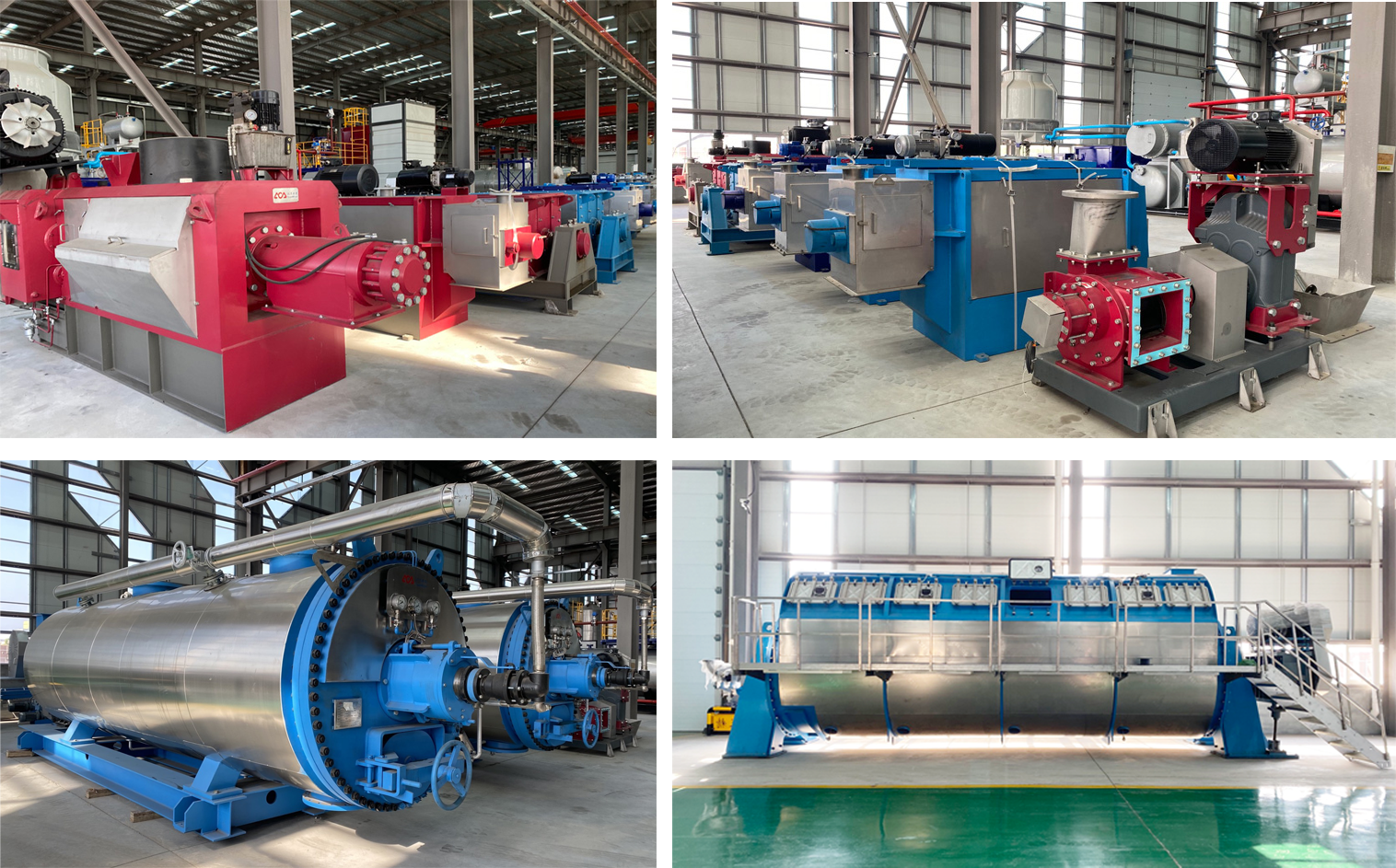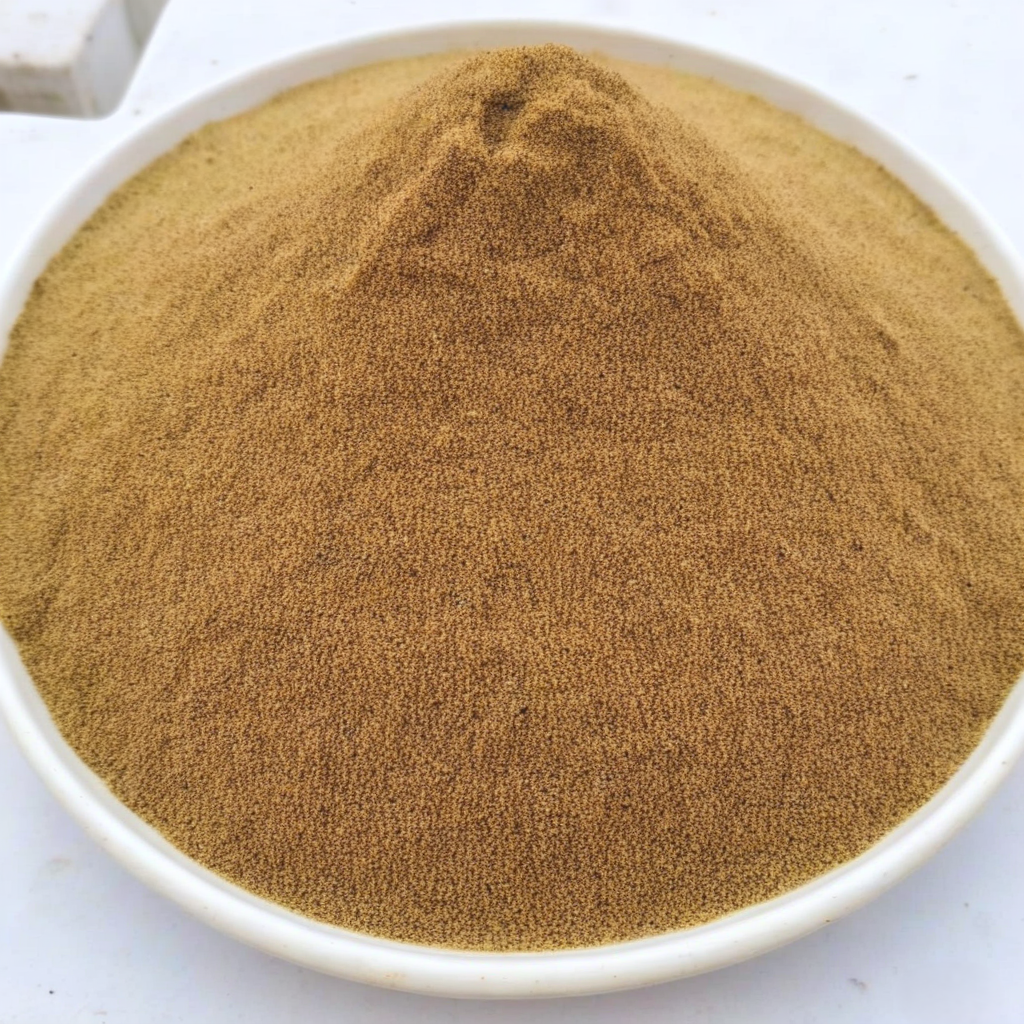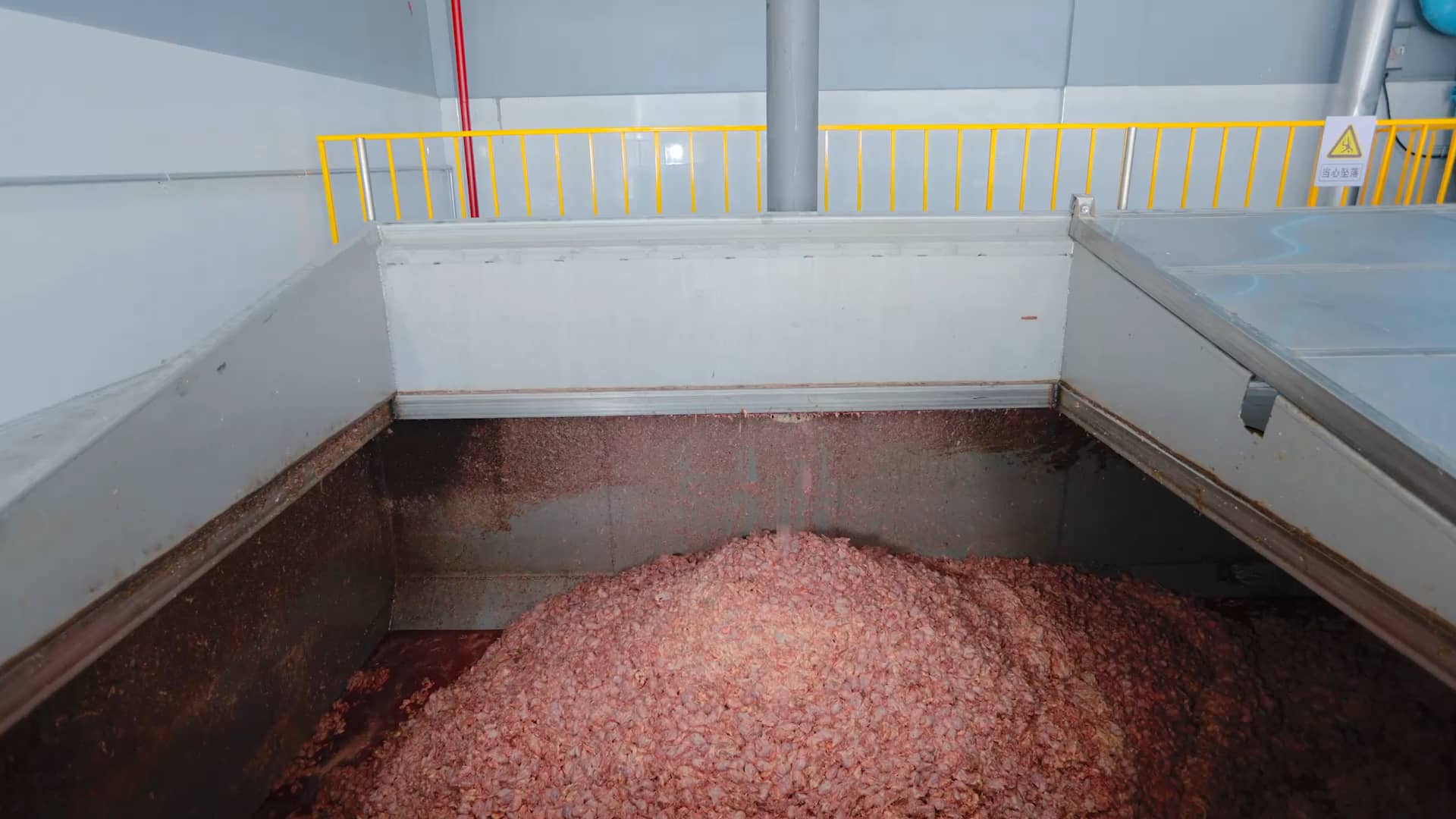
Gas Scrubber System: An Overview of Its Function and Benefits
Gas Scrubber System: An Overview of Its Function and Benefits
A gas scrubber system is a type of air pollution control device that removes harmful pollutants from industrial exhaust streams. These systems are designed to capture and remove contaminants such as sulfur dioxide, nitrogen oxides, and particulate matter before they are released into the atmosphere. Gas scrubbers are an essential component of many industrial processes, from power generation to chemical manufacturing.

Gas scrubber systems work by passing the exhaust gas through a liquid or solid material that absorbs or reacts with the pollutants. The scrubbing solution can be a variety of materials, including water, chemicals, or a combination of both. As the gas passes through the scrubber, the pollutants are removed and the clean gas is released into the atmosphere. The scrubbing solution is then treated and reused or disposed of properly. Proper maintenance and operation of gas scrubber systems are critical to ensuring their effectiveness and compliance with environmental regulations.
Fundamentals of Gas Scrubber Systems

Gas scrubber systems are used to remove pollutants and contaminants from industrial exhaust gases, before they are released into the atmosphere. These systems are designed to protect the environment and ensure compliance with environmental regulations.
The basic principle of a gas scrubber system involves the use of a scrubbing liquid to absorb or react with the pollutants in the exhaust gases. The scrubbing liquid is typically water or a chemical solution, depending on the type of pollutants being removed.
Gas scrubber systems can be classified into two main categories: wet scrubbers and dry scrubbers. Wet scrubbers use a liquid to remove pollutants from the gas stream, while dry scrubbers use a dry sorbent material.
Wet scrubbers are the most commonly used gas scrubber systems, due to their high efficiency and versatility. They are capable of removing a wide range of pollutants, including acid gases, particulate matter, and organic compounds.
Dry scrubbers are typically used for removing acid gases, such as sulfur dioxide and hydrogen chloride. They are less efficient than wet scrubbers, but they are easier to operate and maintain.
Gas scrubber systems can also be classified based on their screw conveyor design, such as packed bed scrubbers, spray towers, and venturi scrubbers. Each design has its own advantages and disadvantages, depending on the specific application.
Overall, gas scrubber systems are an essential component of many industrial processes, and they play a crucial role in protecting the environment and ensuring compliance with environmental regulations.
Design Considerations

Capacity and Sizing
The capacity and sizing of a gas scrubber system are critical factors to consider during the design phase. The system must be able to handle the maximum flow rate of gas and the concentration of contaminants in the gas stream. The size of the scrubber vessel should be determined by the required residence time for the gas to be in contact with the scrubbing liquid. The residence time is dependent on the type and concentration of contaminants in the gas stream. It is important to ensure that the scrubber is not undersized, as this can lead to insufficient contact time between the gas and scrubbing liquid, resulting in poor performance.
Material Selection
The selection of materials used in the construction of a gas scrubber system is critical to ensure long-term performance and durability. The materials must be compatible with the scrubbing liquid and gas stream to prevent corrosion or degradation over time. Common materials used in the construction of scrubber vessels include stainless steel, fiberglass, and polypropylene. The selection of materials should also consider the operating temperature and pressure of the gas stream and scrubbing liquid.
Energy Efficiency
Energy efficiency is an important consideration in the design of a gas scrubber system. The system should be designed to minimize energy consumption while still providing effective contaminant removal. This can be achieved through the use of efficient pumps and fans, as well as optimizing the design of the scrubber vessel to reduce pressure drop. The use of recirculation systems can also improve energy efficiency by reducing the amount of fresh scrubbing liquid required. It is important to consider the trade-off between energy efficiency and system performance when designing a gas scrubber system.
Types of Gas Scrubbers

Gas scrubbers are used in various industries to remove pollutants and harmful gases from the air. There are different types of gas scrubbers available, each with its own unique features and benefits. In this section, we will discuss the three main types of gas scrubbers: Wet Scrubbers, Dry Scrubbers, and Electrostatic Scrubbers.
Wet Scrubbers
Wet scrubbers are one of the most common types of gas scrubbers. They work by spraying a liquid, such as water or a chemical solution, into the gas stream to capture and remove pollutants. The liquid then undergoes a treatment process to remove the pollutants before being recycled back into the scrubber. Wet scrubbers are effective at removing both particulate matter and gases, making them ideal for use in industries such as chemical processing, power generation, and metalworking.
Dry Scrubbers
Dry scrubbers, also known as dry sorbent injection systems, are used to remove acid gases, such as sulfur dioxide and hydrogen chloride, from the gas stream. They work by injecting a dry sorbent, such as lime or sodium bicarbonate, into the gas stream. The sorbent reacts with the acid gases to form a solid product that can be easily removed from the gas stream. Dry scrubbers are commonly used in industries such as cement manufacturing, waste incineration, and steel production.
Electrostatic Scrubbers
Electrostatic scrubbers use an electric field to charge the gas stream and capture pollutants. They work by ionizing the gas stream, causing the pollutants to become charged and attracted to an oppositely charged surface. The charged surface then collects the pollutants, which can be removed by washing or scraping. Electrostatic scrubbers are effective at removing fine particulate matter, making them ideal for use in industries such as semiconductor manufacturing and pharmaceutical production.
In summary, the choice of gas scrubber depends on the specific application and the type of pollutants that need to be removed. Wet scrubbers are effective at removing both particulate matter and gases, dry scrubbers are ideal for removing acid gases, and electrostatic scrubbers are effective at removing fine particulate matter.
Components of a Gas Scrubber
Gas scrubbers are used in a variety of industries to remove pollutants and contaminants from gas streams. A gas scrubber system consists of several components that work in tandem to effectively remove impurities from the gas stream.
Ductwork
The ductwork is the pathway through which the contaminated gas flows into the scrubber. It is important to ensure that the ductwork is properly sized to prevent any pressure drop or turbulence that may negatively impact the performance of the scrubber.
Mist Eliminators
Mist eliminators are used to remove liquid droplets from the gas stream. These droplets can be formed due to condensation of water vapor or due to chemical reactions. The mist eliminators are designed to capture the liquid droplets and prevent them from entering the scrubbing vessel.
Scrubbing Vessel
The scrubbing vessel is the heart of the gas scrubber system. It is designed to remove pollutants and contaminants from the gas stream. The scrubbing vessel is typically filled with a packing material that provides a large surface area for the gas and liquid to come into contact with each other. The packing material is chosen based on the specific application and the type of contaminants that need to be removed.
In addition to the above components, gas scrubber systems may also include pumps, blowers, and control systems to ensure optimal performance. Proper design and selection of these components is crucial to achieving optimal gas scrubbing efficiency.
Scrubbing Mechanisms
Gas scrubber systems are designed to remove pollutants from gas streams. The scrubbing mechanisms used in these systems can be broadly classified into three categories: absorption, adsorption, and chemical reaction.
Absorption
Absorption is a process in which pollutants dissolve into a liquid phase. In gas scrubbers, a liquid solvent is used to absorb the pollutants from the gas stream. The solvent is then regenerated to recover the pollutants. The absorption process is highly effective for removing pollutants such as sulfur dioxide and hydrogen sulfide.
Adsorption
Adsorption is a process in which pollutants are physically adsorbed onto the surface of a solid material. In gas scrubbers, solid materials such as activated carbon and zeolite are used as adsorbents. The adsorbents have a high surface area, which allows them to effectively capture pollutants from the gas stream. The adsorbents can be regenerated by heating or by washing with a solvent.
Chemical Reaction
Chemical reaction is a process in which pollutants are transformed into less harmful compounds through a chemical reaction. In gas scrubbers, chemical reagents such as sodium hydroxide and calcium oxide are used to react with pollutants such as acid gases and particulate matter. The reaction products are then removed from the gas stream. Chemical reaction is an effective mechanism for removing pollutants that cannot be removed by absorption or adsorption.
Gas scrubber systems can use one or more of these scrubbing mechanisms to effectively remove pollutants from gas streams. The choice of scrubbing mechanism depends on the type of pollutant, the concentration of the pollutant, and the desired level of removal efficiency.
Applications of Gas Scrubbers
Gas scrubbers are widely used in various industries to remove pollutants and harmful gases from the exhaust streams. They are highly effective in controlling emissions and mitigating air pollution. In addition, they can also be used for product recovery purposes. In this section, we will explore the different applications of gas scrubbers.
Industrial Emission Control
Gas scrubbers are commonly used in industrial processes to control emissions of harmful gases such as sulfur dioxide, nitrogen oxides, and particulate matter. They are particularly effective in reducing emissions from power plants, chemical plants, and refineries. Gas scrubbers work by removing pollutants from the exhaust stream through a chemical reaction or physical absorption. The cleaned gas is then released into the atmosphere, meeting the required emission standards.
Air Pollution Mitigation
Gas scrubbers are also used in air pollution mitigation projects. They are effective in removing pollutants from the air, making it cleaner and healthier to breathe. Gas scrubbers can be used to control emissions from vehicles, industrial processes, and other sources of pollution. They are particularly useful in urban areas where air pollution is a major concern. By reducing the amount of pollutants in the air, gas scrubbers help to improve the quality of life for people living in these areas.
Product Recovery
In addition to controlling emissions and mitigating air pollution, gas scrubbers can also be used for product recovery purposes. Gas scrubbers can be used to recover valuable products from exhaust streams, such as solvents, acids, and other chemicals. By removing these products from the exhaust stream, gas scrubbers help to reduce waste and improve the efficiency of industrial processes.
Overall, gas scrubbers are a highly effective solution for controlling emissions, mitigating air pollution, and recovering valuable products. They are widely used in various industries and have proven to be a reliable and cost-effective solution for reducing environmental impact.
Maintenance and Operation
Routine Inspection
Regular inspection of the gas scrubber system is crucial to ensure its proper functioning. The frequency of inspection should be determined based on the operating conditions and the manufacturer’s recommendations. The inspection should include a thorough examination of all components, such as the scrubber vessel, mist eliminator, and demister pads. Any signs of corrosion, erosion or damage should be noted and addressed promptly.
Performance Monitoring
Monitoring the performance of the gas scrubber system is essential to ensure its effectiveness. Parameters such as pressure drop, flow rate, and pH level should be monitored regularly. Any deviations from the expected values should be investigated to identify the root cause and take corrective actions.
Troubleshooting
In case of any issues with the gas scrubber system, troubleshooting should be performed promptly to avoid any production downtime. The troubleshooting process should start with identifying the symptoms and their possible causes. Once the root cause is identified, appropriate corrective actions should be taken. It is important to document the troubleshooting process and its outcome for future reference.
Regular maintenance and proper operation of the gas scrubber system can extend its lifespan and ensure its optimal performance. By following the manufacturer’s recommendations and guidelines, operators can minimize the risk of potential issues and maximize the system’s efficiency.
Regulatory Compliance and Standards
Gas scrubber systems are an essential component of many industrial processes, and as such, they are subject to numerous regulations and standards. Compliance with these regulations is critical to ensure the safety of workers, protect the environment, and avoid costly fines and legal action.
One of the most important regulations governing gas scrubber systems is the Clean Air Act, which sets standards for air quality and emissions. Gas scrubbers help facilities meet these standards by removing harmful pollutants from exhaust gases before they are released into the atmosphere.
In addition to the Clean Air Act, there are also numerous industry-specific regulations and standards that govern gas scrubber systems. For example, the Occupational Safety and Health Administration (OSHA) has regulations in place to ensure that workers are protected from exposure to hazardous materials during the operation and maintenance of gas scrubbers.
To ensure compliance with these regulations and standards, it is essential that gas scrubber systems are designed, installed, and maintained by qualified professionals who are familiar with the latest industry best practices. Regular inspections and testing can also help ensure that systems are functioning properly and meeting all relevant regulations and standards.
Overall, compliance with regulatory requirements and industry standards is critical to the safe and effective operation of gas scrubber systems. By working closely with qualified professionals and staying up-to-date on the latest regulations and standards, facilities can ensure that their gas scrubber systems are operating safely and efficiently.
Innovations in Scrubber Technology
Scrubber technology has come a long way in recent years, with new innovations being developed to improve efficiency and reduce costs. Here are some of the latest advancements in scrubber technology:
1. Hybrid Scrubber Systems
Hybrid scrubber systems are a combination of open-loop and closed-loop scrubbers. They offer the benefits of both systems, including reduced emissions and lower operating costs. Hybrid scrubbers use seawater to neutralize the acid gases, and then treat the effluent to remove any remaining pollutants.
2. High-Efficiency Scrubbers
High-efficiency scrubbers are designed to remove more pollutants from exhaust gases than traditional scrubbers. They use specialized materials and processes to increase the scrubbing efficiency, resulting in cleaner emissions. Some high-efficiency scrubbers can remove up to 99% of pollutants from exhaust gases.
3. Intelligent Control Systems
Intelligent control systems use advanced algorithms to optimize scrubber performance. They can monitor the exhaust gas composition, seawater quality, and other factors to adjust the scrubber operation in real-time. This results in improved scrubber efficiency and reduced operating costs.
4. Compact Scrubbers
Compact scrubbers are designed to be smaller and more space-efficient than traditional scrubbers. They are suitable for use on smaller vessels and in retrofit applications. Compact scrubbers can be installed in tight spaces, reducing the need for costly modifications to the vessel.
Overall, these innovations in scrubber technology are helping to reduce emissions and improve the efficiency of scrubber systems. As the shipping industry continues to focus on sustainability and environmental responsibility, we can expect to see further advancements in scrubber technology in the coming years.
Economic Aspects
Cost-Benefit Analysis
Before installing a gas scrubber system, it is important to conduct a cost-benefit analysis. This analysis will help determine if the benefits of installing the system outweigh the costs. The analysis should include the initial cost of the system, operational costs, and the potential savings from reduced emissions and improved efficiency.
Operational Costs
The operational costs of a gas scrubber system include maintenance, energy, and chemical costs. The maintenance costs are typically low, as the system requires minimal upkeep. Energy costs will depend on the size of the system and the amount of gas being treated. Chemical costs will depend on the type of scrubbing solution used.
Return on Investment
The return on investment for a gas scrubber system will depend on the initial cost of the system, operational costs, and the potential savings from reduced emissions and improved efficiency. Generally, the payback period for a gas scrubber system is between 1-3 years. However, this can vary depending on the specific system and the application.
In conclusion, while there are costs associated with installing and operating a gas scrubber system, the long-term benefits often outweigh the initial investment. A properly designed and installed system can help companies reduce emissions, improve efficiency, and ultimately save money.



